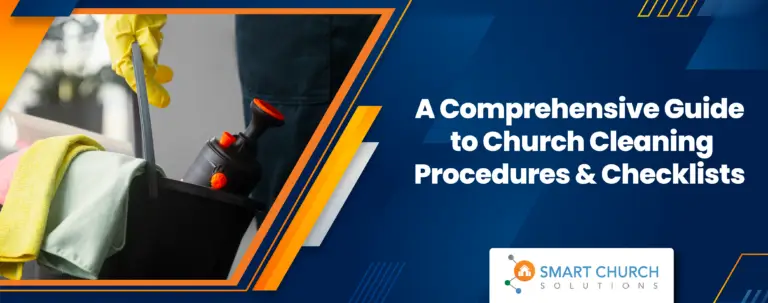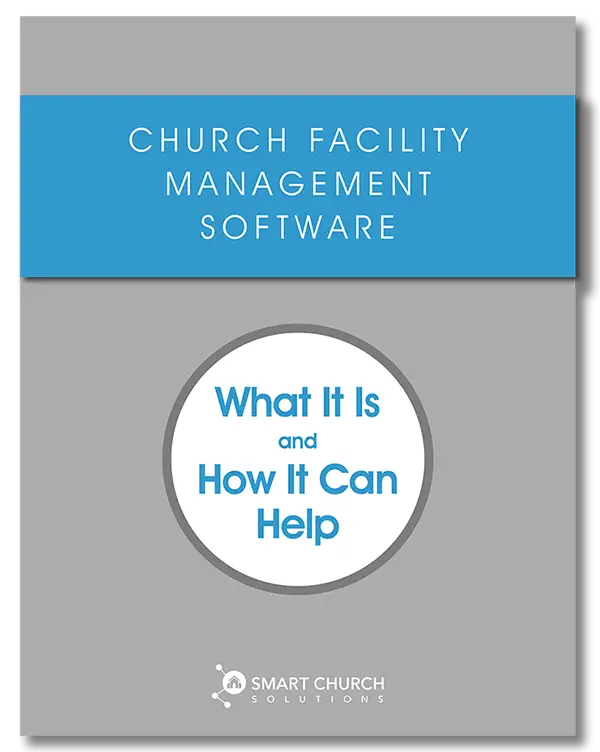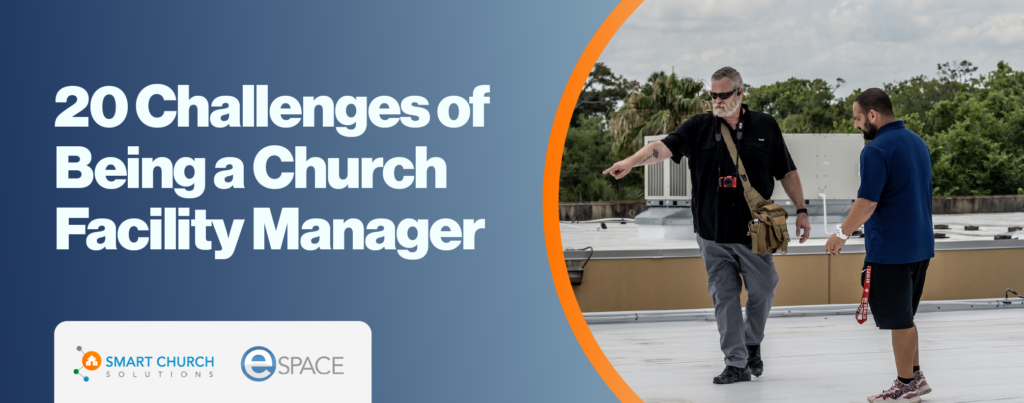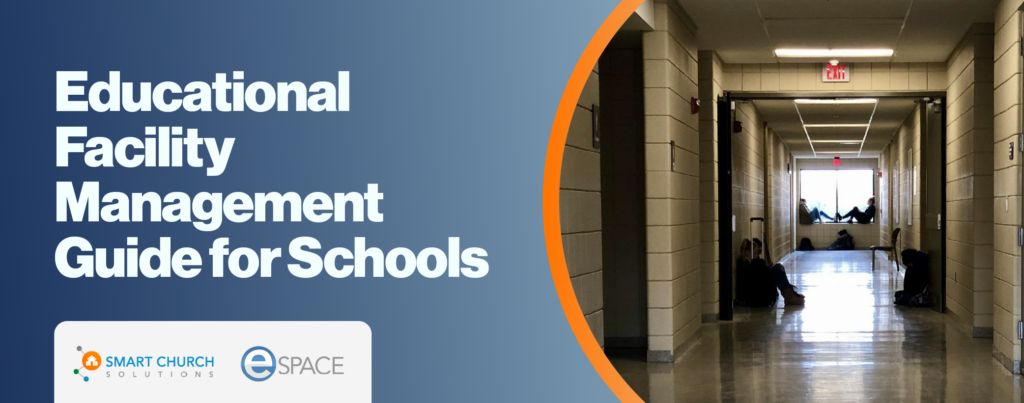A Computerized Maintenance Management System (CMMS) is a software solution that puts all maintenance information and process control systems in one place (say ‘goodbye’ to your lengthy paper trail). In other words, a CMMS helps you stay on top of your organization’s preventative and corrective maintenance, which – we have learned – can save you tons.
Let’s take a look at a few features a CMMS has to offer that can help facility managers.
Increases Transparency and Decreases Downtime
With a CMMS, facility managers oversee and control all maintenance activities and can identify tasks, due dates, and schedules. In turn, this improves labor productivity by allowing nothing to go unseen by facility managers. By incorporating facility management with preventative maintenance automation, facility managers can easily pinpoint maintenance issues. This, in turn, reduces the chances of downtime or operational disruption.
Simplifies Scheduling
A work order request portal is one of the most popular features of a CMMS. It allows unregistered users to login and input requests when there is an issue with the facility, work environment, or equipment. The facility manager can view the pending requests and assign work orders based on priority. Additionally, the individual who created the work order will be notified once the request is complete – which is a huge bonus.
Helps With Budgeting and Forecasting
A CMMS can log data related to the organization’s assets and costs, which can be pulled for reporting. This is especially helpful when deciding the maintenance budget; it provides an overview of the asset life, estimated costs, problems incurred, etc. The facility manager can evaluate the report and decide the necessary budget according to the organization’s current needs.
Provides Asset Historical Analysis and Tracks Expenditures
The CMMS maintains a record for all facility assets, including when it was acquired. It can also log labor hours, maintenance issues, costs and expenses incurred, life cycle expectations, and remaining useful life. These records help facility managers generate reports that provide detailed insights into the costs, history, management, and maintenance associated with the asset.
The CMMS also logs miscellaneous expenses of the equipment and systems. This creates a central database for maintenance-related costs and expenses. Therefore, if there is an issue with equipment and/or systems, the facility manager can generate a report, analyze the data, find the pain point, and get rid of it.
Provides Audit and Analytics
A CMMS helps facility managers make effective maintenance plans to make informed decisions related to work flows, assets, personnel etc. Facility managers can utilize their resources to increase the overall efficiency of the department, all while reducing operational costs in the process.
In Conculsion: A CMMS Is Worth It
If you are a facility manager, using a CMMS could save you headaches, time, and – of course – money. Our comprehensive Work Order & Asset Management module of eSPACE can help you stay on top of work orders, schedule preventive maintenance, track inventory and more.
To learn more about how it could help you, schedule a demo today.








